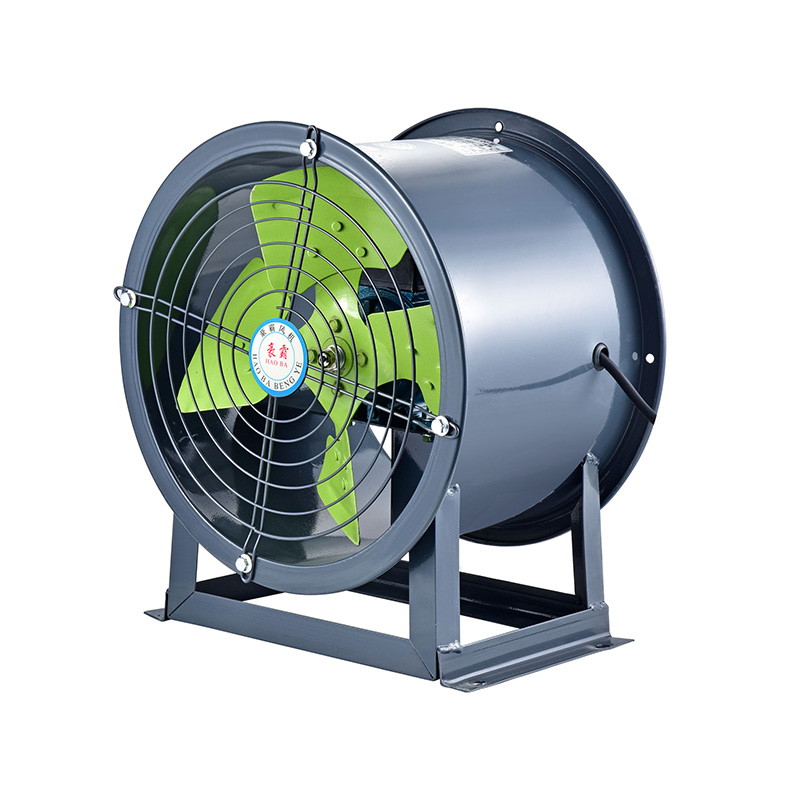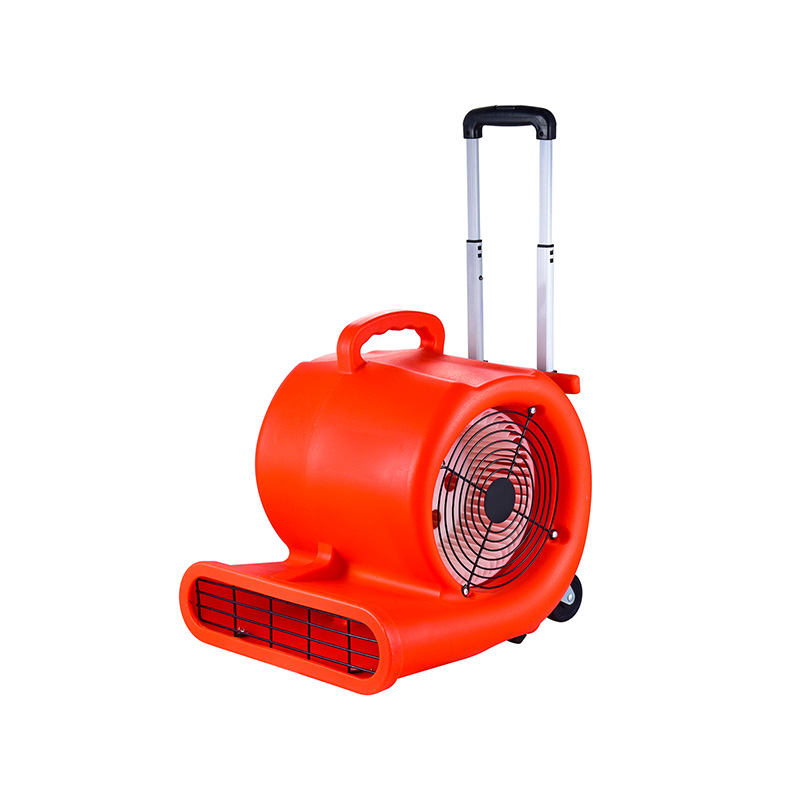Axial vs Centrifugal Fans: Key Differences Explained
2025-11-14
When selecting the right ventilation equipment for your business, one of the first decisions you’ll face is whether to choose an axial fan or a centrifugal fan. External Rotor Axial Fan and External Rotor Fan are often considered for various industrial applications due to their efficiency and versatility.
At Taizhou Haoba Electromechanical Co., Ltd., we specialize in manufacturing both axial and centrifugal fans. In this article, we will explore the key differences between these two fan types, their applications, and how the right choice can impact the performance and efficiency of your ventilation system.
Understanding Axial and Centrifugal Fans
Axial Fans: These fans move air along the axis of the fan, meaning the airflow direction is parallel to the fan’s shaft. An External Rotor Axial Fan has a rotor placed outside the fan housing, providing more efficient airflow and higher performance in space-constrained environments. Axial fans are ideal for moving large volumes of air at low pressure and are often used in applications where air movement is more important than pressure.
Centrifugal Fans: These fans, on the other hand, move air perpendicular to the fan’s shaft. Air enters the fan at a right angle to the motor shaft, and the centrifugal force created by the fan blades pushes the air out through the discharge. Centrifugal fans are typically used in applications where high pressure is needed to move air over long distances or through ducts.

Key Differences Between Axial and Centrifugal Fans
Airflow Direction
The primary difference between axial and centrifugal fans lies in the direction of airflow. Axial fans, including External Rotor Fans, provide direct airflow, making them ideal for applications that need large volumes of air to be moved quickly. In contrast, centrifugal fans are better suited for high-pressure applications and can handle more complex air handling requirements, such as overcoming resistance from ducts or filters.
Pressure Capability
Centrifugal Fans excel in high-pressure applications because they can move air through resistance with greater force. On the other hand, External Rotor Axial Fans provide lower pressure but can cover a larger area, making them more suitable for general ventilation in open spaces or for cooling purposes.
Efficiency and Maintenance
Both External Rotor Fans and centrifugal fans are efficient in their own right, but External Rotor Axial Fans tend to be more energy-efficient in applications requiring low pressure and high airflow. Additionally, the external rotor design in External Rotor Fans reduces internal heat buildup and wear, causing to longer lifespans and lower maintenance costs.
Applications of Axial and Centrifugal Fans
External Rotor Axial Fans: These fans are widely used in commercial buildings, ventilation systems, cooling applications, and large spaces that require constant airflow without significant resistance. They are ideal for environments where noise reduction is also a concern, as External Rotor Axial Fans are often quieter than centrifugal fans.
Centrifugal Fans: These are more commonly found in industrial environments where high-pressure systems are required. They are frequently used in HVAC systems, dust collection systems, and applications that require air to be moved through long ducts or under high resistance conditions.
Choosing the Right Fan for Your Needs
At Taizhou Haoba Electromechanical Co., Ltd., we offer both External Rotor Axial Fans and centrifugal fans to meet a variety of needs. If your application requires high airflow with low pressure, External Rotor Fans are an ideal choice. However, for applications with significant resistance or where high pressure is needed, centrifugal fans may be more suitable.

 English
English русский
русский عربى
عربى









